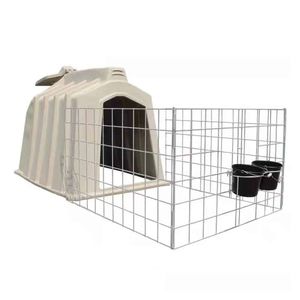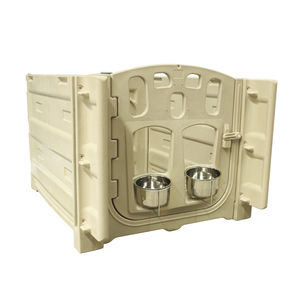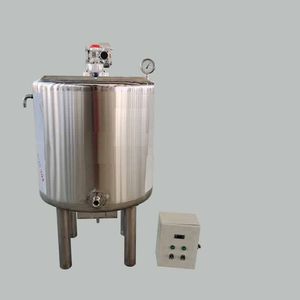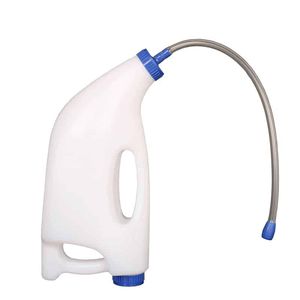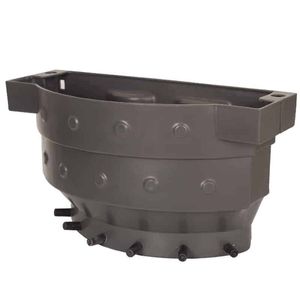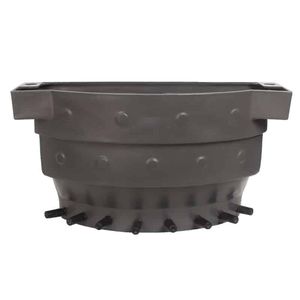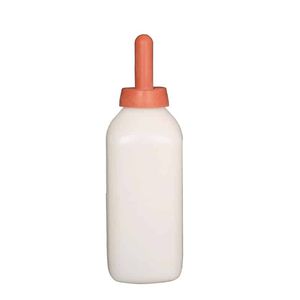
- Livestock Farming
- Milking equipment
- Milk pasteurizer
- YYK BARN TECH LTD
Milk pasteuriser P100automatic
Add to favorites
Compare this product
Characteristics
- Application
- for milk
- Other characteristics
- automatic
Description
Waste milk, also known as Non-saleable milk (NSM), includes non-saleable transition milk, mastitic milk, and antibiotic-treated milk. Waste milk pasteurization is one option to reduce bacterial contamination (E.Coli, salmonella) and possible transmission of diseases (Johnes, Mycobacterium) and greatly enhance the economy and efficiency of a dairy farm.
▪ The agitated batch pasteurizer is more economical and less maintenance involved against continuous-flow HTST pasteurizer.
▪ 304 stainless steel container with a capacity of 100 liters (26gal) meet 4 cows daily production.
▪ Accurate temp monitor and well-designed agitating propeller, guarantee evenly and fully agitation during the action.
We Summarize Pasteurized Waste Milk Benefits Against Traditional Milk Replacer As Follows:
▪ Improved calf weight gain as whole milk is more protein and fat content on a dry matter basis.
▪ Improved calf health is attributed to the higher level of nutrient intake.
▪ Better economic efficiency, lower disposal cost, and fewer environmental concerns.
Steps To Pasteurize Waste Milk:
▪ Waste Milk should be cooled to 4°C/40 °F or pasteurized immediately.
▪ Heat waste milk to at least 63°C / 145°F and 30 minutes.
▪ Feed warm pasteurized milk or rapidly cool it to 40 °F and store it.
Catalogs
No catalogs are available for this product.
See all of YYK BARN TECH LTD‘s catalogs*Prices are pre-tax. They exclude delivery charges and customs duties and do not include additional charges for installation or activation options. Prices are indicative only and may vary by country, with changes to the cost of raw materials and exchange rates.



